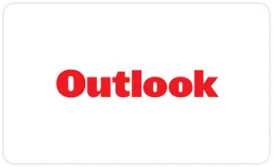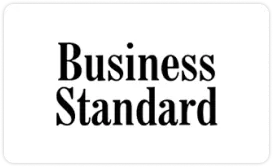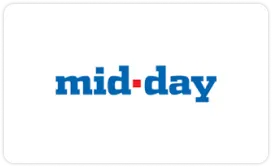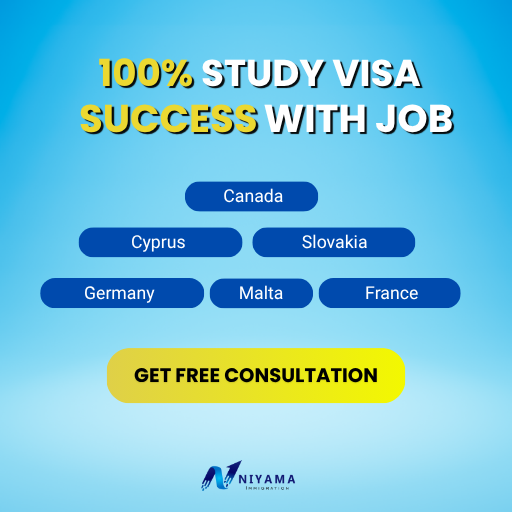
Express Entry: Canada Holds First-Ever Draw for Education Professionals
Table of Contents
- Introduction
- What is Express Entry?
- Canada’s First-Ever Draw for Education Professionals
- Who Qualifies as Education Professionals?
- Why Canada Needs Education Professionals
- Breakdown of the Draw
- Impact on Indian and International Teachers
- Eligibility Requirements
- How the Category-Based Draws Work
- Step-by-Step Guide to Apply
- Role of Provincial Nominee Programs (PNPs)
- Challenges Education Professionals Might Face
- Success Tips for Education Professionals
- Future of Category-Based Draws
- Conclusion
- FAQs
Introduction
Canada just made history by launching its first-ever Express Entry draw for education professionals. This groundbreaking move signals Canada’s recognition of the growing demand for teachers, early childhood educators, and academic specialists across the country. If you’re an educator dreaming about building a career abroad, this could be your golden ticket.
What is Express Entry?
Express Entry is Canada’s flagship immigration system that manages applications for permanent residency. It’s a points-based system where candidates are ranked based on age, work experience, education, language skills, and other factors.
There are three main programs under Express Entry:
- Federal Skilled Worker Program (FSWP)
- Federal Skilled Trades Program (FSTP)
- Canadian Experience Class (CEC)
Canada’s First-Ever Draw for Education Professionals
Until now, Express Entry draws focused mostly on general occupations or other in-demand fields like healthcare and STEM. For the first time ever, Canada has created a category-based draw specifically for education professionals.
This decision highlights how critical teachers and education specialists are for the future of Canadian society.
Who Qualifies as Education Professionals?
This draw covers a wide range of professionals in the education sector, including:
- Early childhood educators
- Elementary and secondary school teachers
- College and vocational instructors
- Educational counselors and consultants
- Special needs educators
If your work falls under these categories, you could be eligible to apply.
Why Canada Needs Education Professionals
Canada is experiencing a teacher shortage crisis. Many provinces, such as Ontario, British Columbia, and Alberta, are reporting gaps in classrooms. With a rapidly growing immigrant population and rising student numbers, the need for qualified educators is at an all-time high.
By inviting education professionals directly, Canada is ensuring its classrooms remain full of skilled teachers ready to shape the next generation.
Breakdown of the Draw
While the exact numbers may vary, here’s what you should know about this landmark draw:
- Number of Invitations: Thousands of ITAs are expected to be issued.
- CRS Cut-Off Score: Lower than usual compared to general draws, making it easier for teachers to qualify.
- Target Provinces: Provinces with urgent teacher shortages, like Ontario and Manitoba, will benefit the most.
Impact on Indian and International Teachers
For Indian teachers, this is especially exciting. Many already hold strong English language proficiency, advanced degrees, and years of teaching experience—qualities that give them a competitive edge.
Educators from other countries, like the Philippines, Nigeria, and the Middle East, will also find Canada’s open arms welcoming.
Eligibility Requirements for Education Professionals
To apply under this category, you’ll need to meet the following:
- Language Test: IELTS or CELPIP with competitive scores.
- Education: A teaching degree or diploma.
- Work Experience: At least one year of full-time teaching or related work.
- Credential Assessment: WES or other recognized assessment body.
How the Category-Based Draws Work
Unlike general draws where everyone competes together, category-based draws target specific occupations. This means even with a lower CRS score, you could still receive an ITA if you’re in the education profession.
Think of it like VIP access—your profession puts you in the fast lane.
Step-by-Step Guide to Apply Through Express Entry
- Create your Express Entry profile online.
- Get your Educational Credential Assessment (ECA).
- Take your language test (IELTS or CELPIP).
- Submit your profile and enter the pool.
- Wait for an ITA under the education category.
- Apply for permanent residency within 60 days of receiving an ITA.
Role of Provincial Nominee Programs (PNPs)
Many provinces are running Provincial Nominee Programs to address teacher shortages. For example, Ontario has pathways dedicated to education professionals. If you don’t get selected under Express Entry, a PNP nomination could still boost your CRS score by 600 points.
Challenges Education Professionals Might Face
While the opportunity is huge, challenges remain:
- Licensing: Teachers often need provincial certification.
- Adaptation: Understanding Canada’s curriculum and teaching style.
- Job Search: Landing your first teaching job may take effort.
Success Tips for Education Professionals
- Get your credentials evaluated early.
- Aim for a higher CRS by improving your language test scores.
- Research provincial teaching requirements.
- Network with Canadian schools online.
Future of Category-Based Express Entry Draws
This is just the beginning. After education professionals, Canada is expected to hold similar draws for:
- Healthcare workers
- Tech specialists
- Trade workers
This approach ensures Canada fills its most urgent labor market needs directly.
Conclusion
Canada’s first-ever Express Entry draw for education professionals marks a turning point in immigration policy. For teachers worldwide, this is not just a chance to work abroad—it’s an opportunity to shape young minds while building a stable future in one of the world’s most immigrant-friendly nations.
If you’re an educator, the time to act is now. Canada is calling, and your classroom awaits.
FAQs
Yes, as long as you meet the minimum language and education requirements, even fresh graduates can apply.
Yes, if you have at least one year of work experience, substitute teaching counts.
Absolutely. French-speaking teachers are in high demand, especially in provinces like Quebec, Ontario, and New Brunswick.
Most Express Entry applications are processed within six months once you receive an ITA.
You can apply through a Provincial Nominee Program, improve your language scores, or gain more work experience to increase your chances.











